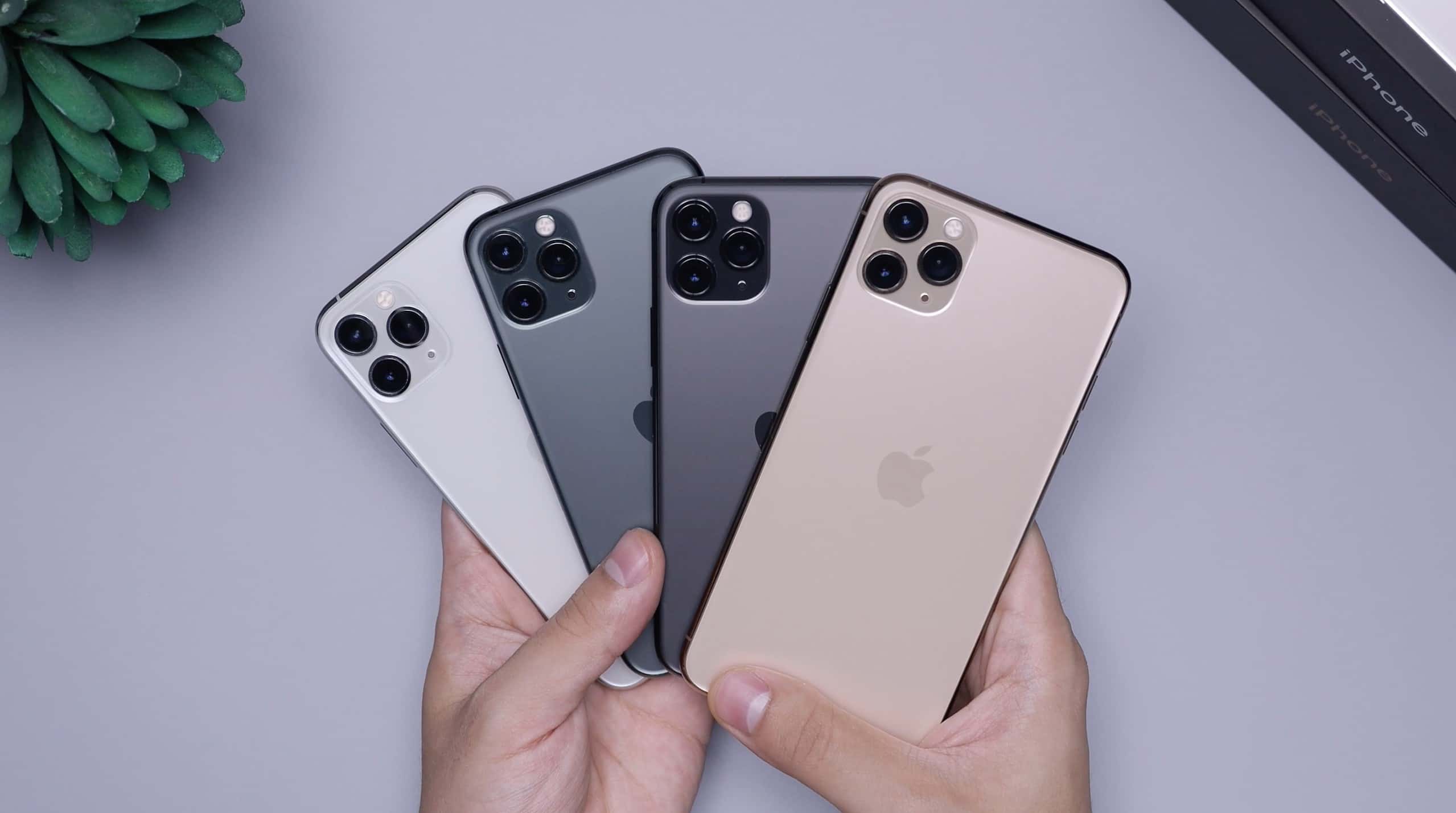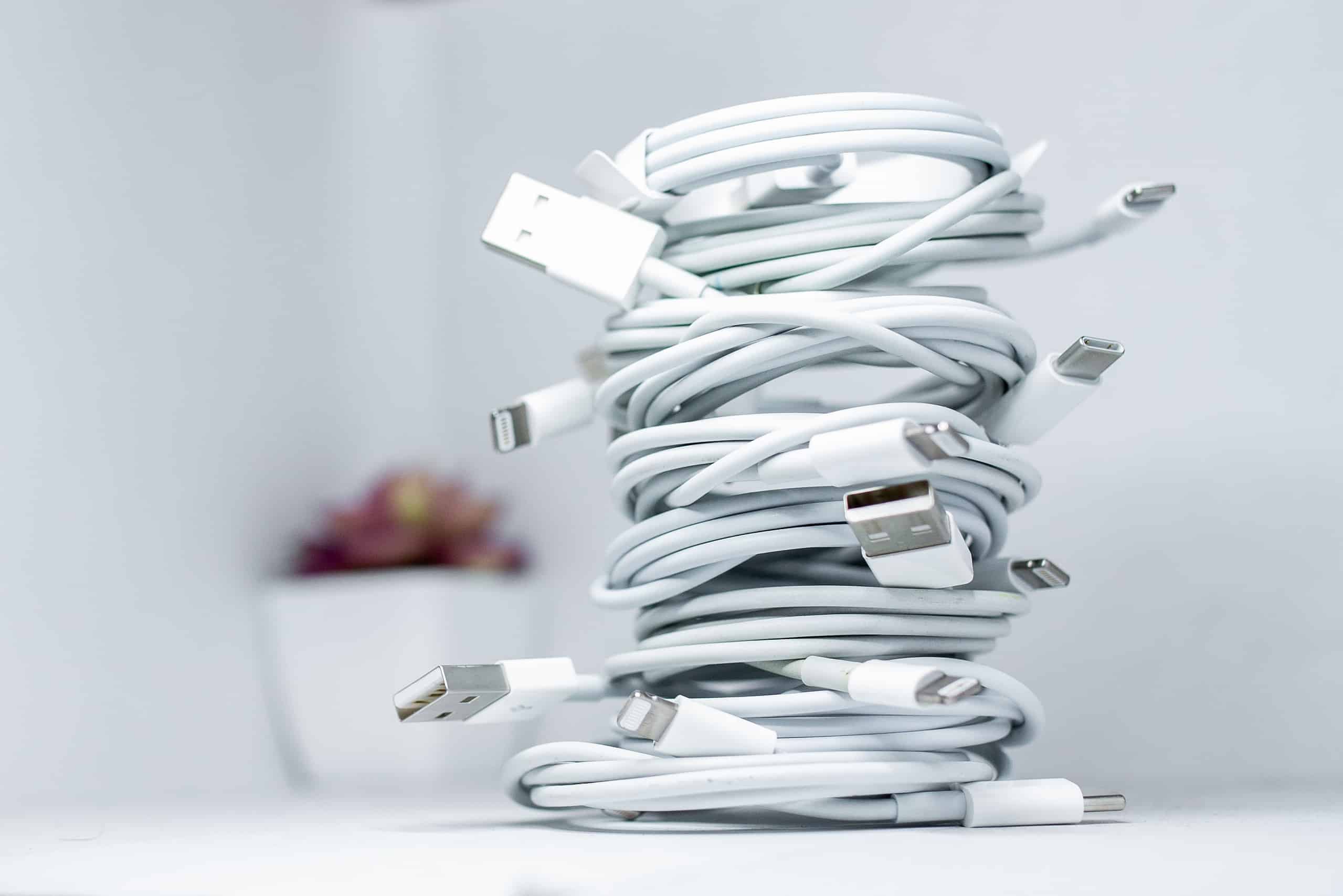
In the early days of mobile phones, most companies used their own proprietary chargers. Then, a few dominant technologies emerged. Ultimately, virtually all smartphone companies switched to USB-C. All except for Apple, that is.
Apple has a way of pushing its own proprietary technology over everything else, but market pressure (and legislation) is slowly changing this. It started with the MacBook in 2015, continued with the iPad in 2018, and now, it’s the Apple 15 — the first Apple phone without an Apple proprietary charging port.
The company recently announced the move and most likely, this was pushed by the European Union. The EU mandated for all mobile phones, tablets and cameras to have USB-C charging ports by 2024 in an attempt to improve usability and reduce electronic waste. Apple strongly opposed this decision but apparently, it’s now giving in.
While that may be sad news for Apple, consumers should rejoice, says Elettra Bietti, professor of computer science and law at Northeastern University.
“I see it going hand-in-hand with other efforts in Europe, like the Digital Markets Act, which are trying to render the tech industry more interoperable and unbundle different pieces of the tech ecosystem and pipeline to make consumers more empowered to move across different suppliers,” she says.
Just one charger needed

The European Union’s idea is pretty simple. If different phones have different charging ports, then households need to buy more chargers. This needlessly increases both spending and waste.
“We all have at least three mobile phone chargers at home. Looking for the right charger, either at home or at work, can be quite annoying,” Jozef Síkela, minister of Industry and Trade for the Czech Republic, said in a statement. “On top of this, these chargers amount to 11,000 tons of e-waste every year. Having a charger that fits multiple devices will save money and time and also helps us reduce electronic waste.”
Other countries and states (notably, California) have also been pushing this type of legislation, but the EU is ahead of the pack. It’s also a big enough market that Apple can’t simply ignore it. And producing a phone with different types of charging ports (one for Europe, one for the rest of the world) sounds like a logistical nightmare.
Part of the reason why the EU was able to regulate something as complex as this despite the will of one of the world’s biggest companies comes from the way the EU works. Big companies have a lot of political sway, and the biggest companies have the biggest sway. But because the EU comprises multiple countries, each with their own policies and incentives, it’s hard for companies to lobby and push their own agenda.
“One key reason is that the European Commission and European institutions more broadly are less tied to the whims of specific governments and specific factions within member state parliaments,” she says. “A lot of the EU’s agenda is very policy driven. It’s based on cross-party compromises that have to do with regulating certain industry segments and strategic sectors and much less on differences that are very local and based on local politics.”
So, will this actually reduce waste and spending? Well, it’s quite likely. The push for a common charger standard, spearheaded by the European Union, is expected to significantly reduce the number of chargers and cables that people need to buy and keep. This not only simplifies the lives of consumers but also contributes to a reduction in electronic waste, an issue of increasing environmental concern.
“USB-C’s widespread adoption in the electronics industry is likely to lead to a universal standard that reduces the need for multiple types of cables and adapters. Also, its slim and compact shape allows manufacturers to make thinner and lighter devices,” writes Shreyas Sen, Elmore Associate Professor of Electrical and Computer Engineering, Purdue University.
However, Apple’s reluctance to depend on external solutions suggests that the USB-C port may only be a temporary solution. The company is investing in MagSafe, a wireless charging technology that could replace wired charging altogether. If Apple can enable data transfer using MagSafe, USB-C may become a thing of the past.
Ultimately, the transition to USB-C, influenced by global legislation and market dynamics, marks a significant shift in the tech industry’s approach to standardization and environmental responsibility. While Apple may be exploring alternatives like MagSafe, the broader movement towards a universal charging standard like USB-C is poised to streamline consumer experiences and reduce e-waste significantly — but it won’t eliminate it.






